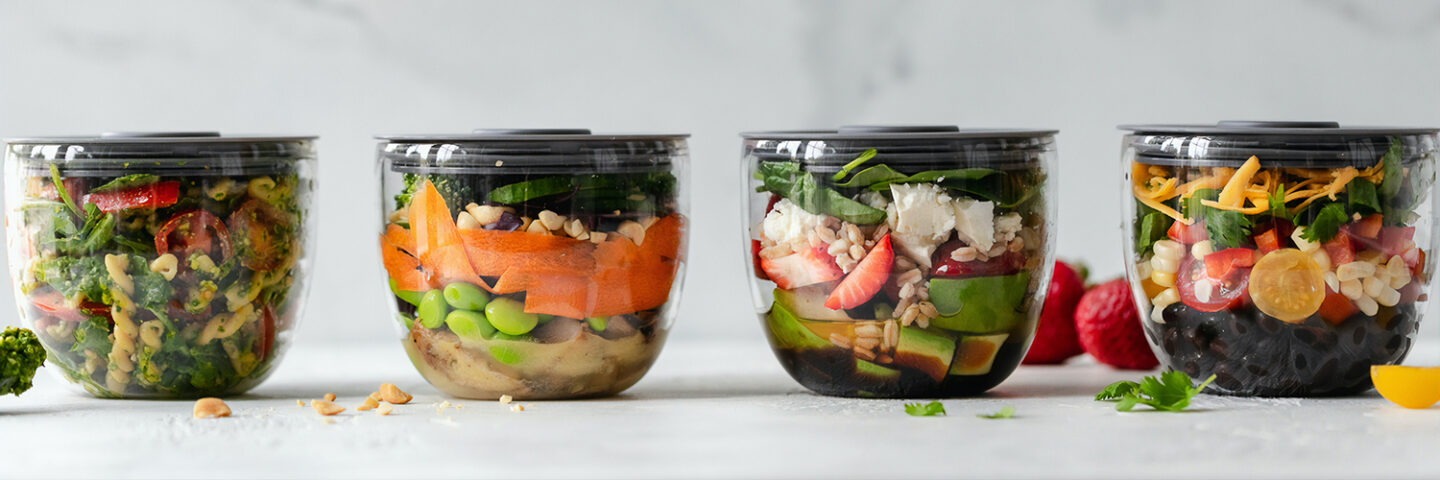
Confessions Of A Leftovers Laggard
By David Fikes, Executive Director, FMI Foundation
I admit to being a bit late to the game when it comes to appreciating the benefits and advantages of leftovers. Truth be told, I’ve never liked them. Even as a child, my Mother reported I would roll my eyes and, in my television-influenced vernacular, complain about re-runs, if she served the remnants of a previous meal. Later in life, when I began cooking for myself, I occasionally experienced glimpses of the leftover benefit of cooking once, eating twice, but even that efficiency failed to produce a true appreciation for giving meals a second look. But it is time for me to reexamine my bias against leftovers.
From the FMI Foundation-funded research Home Cooking in America 2020, we know that 40% of Americans are cooking more since COVID-19 foisted home-sheltering upon us. In fact, one of the few bright spots in the pandemic exercises is that it released America’s latent desire for home-cooking and pent-up yearning for family meals. Pre-COVID-19 we spoke of wanting more meals together as a family and having the time to cook; then when home-sheltering created that opportunity, the nation responded. Almost a quarter of shoppers are planning more meals in advance, 18% are trying new dishes more often and 12% report eating a greater variety of foods. When asked, over half plan to continue cooking more at home even when the COVID-19 cloud no longer dominates our horizon.
Amid the pall COVID-19 has cast over our lives, home-cooking has been a bright spot. However, even as a bright spot amid the COVID-19 shadows, home cooking has its challenges. Home-cooking fatigue is real and there are several trends confirming it. Back in March, when FMI first began tracking the COVID-19 trends on shopping, cooking and eating, 26% of customers said they were seeking to “Eat something interesting.” By July that desire for something interesting had risen to 35%. At the start of home-sheltering 16% said they wanted to minimize food preparation time and now, 23% report the desire to invest less time preparing meals.
Americans are clear. They want to continue home-cooking and having meals with their families, but they also want these occasions to be more diverse, easier to accomplish and less time-consuming. This is where leftovers come in. We should seek every way possible to make breakfast, lunch, dinner and snack occasions easier, simpler and more efficient to accomplish – and leftovers can be a real utility player for us. Recipes that contain ideas on how to enhance any leftover portions can help inspire us all to cook better.
Leftovers expand the food dollar, reduce food waste and offer opportunities for some culinary creativity. They make so much sense that I must agree with a dietitian friend of mine when she says it’s time for me to get over my hang-up about leftovers. And somewhere in the greater cosmos, my Mother is laughing that I just wrote that last sentence.
The Home Cooking in America 2020 report contains many other ideas on how Americans can continue enjoying the many benefits of family meals. And, don’t forget September is National Family Meals Month™, the perfect time to stay strong with family meals.


